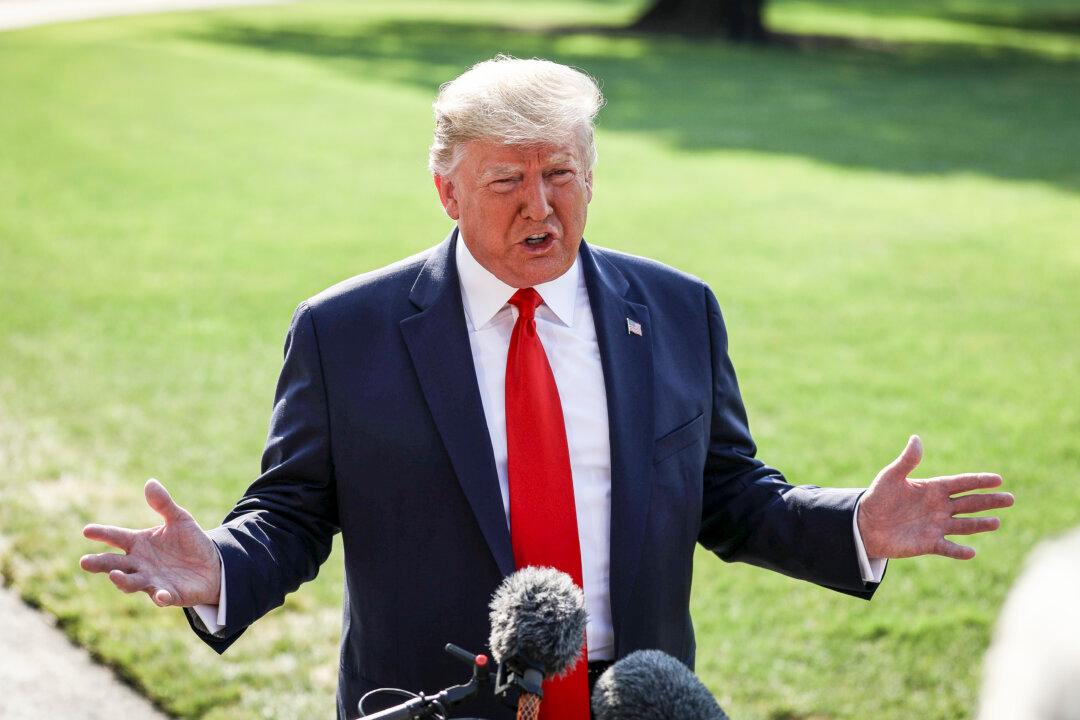President Donald Trump on Sept. 16 questioned Iran’s denial of involvement in the recent drone attacks on oil facilities that knocked down half of Saudi Arabia’s daily production.
He compared it to an earlier claim Iran made after shooting down an American drone in June.





